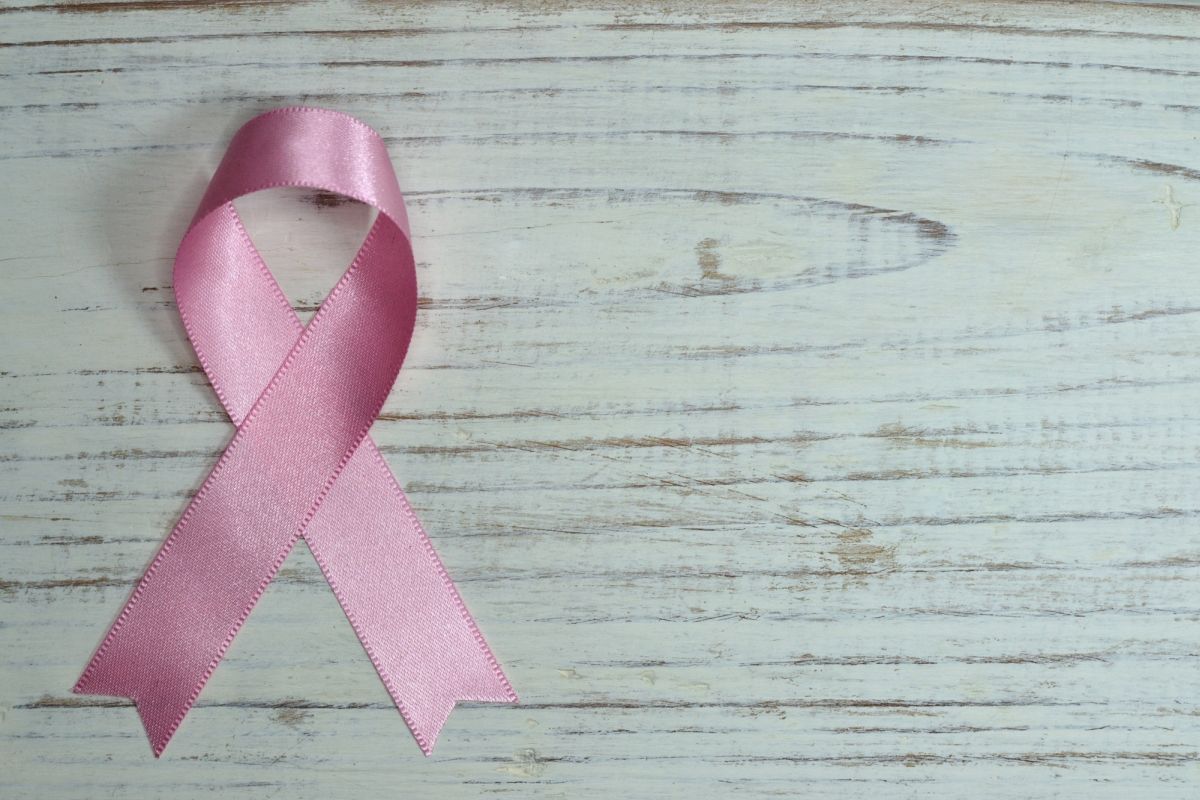Researchers have found that tiny bubbles in our body might potentially be used to treat cancer and could fight the disease better than chemotherapy.
Healthy cells in our body release nano-sized bubbles that transfer genetic material such as DNA and RNA to other cells. It’s your DNA that stores the important information necessary for RNA to produce proteins and make sure they act accordingly.
Advertisement
According to the researchers, these bubbly extracellular vesicles (EV) could become mini treatment transporters, carrying a combination of therapeutic drugs and genes that target cancer cells and kill them.
The study, published in the journal Molecular Cancer Therapeutics, focused on breast cancer cells in mice.
“What we’ve done is improve a therapeutic approach to delivering enzyme-producing genes that can convert certain drugs into toxic agents and target tumours,” said the study’s lead author Masamitsu Kanada, Assistant Professor at the Michigan State University.
These drugs or prodrugs start out as inactive compounds. But once they metabolize in the body, they are immediately activated and can get to work on fighting everything from cancer to headaches.
Aspirin is an example of a common prodrug.
In this case, researchers used EVs, to deliver the enzyme-producing genes that could activate a prodrug combination therapy of ganciclovir and CB1954 in breast cancer cells.
Minicircle DNA and regular plasmid – two different gene vectors that act as additional delivery mechanisms for DNA – were loaded into the vesicles to see which was better at helping transport treatment.
This is known as a gene-directed enzyme, prodrug therapy.
They found that the minicircle DNA was 14 times more effective at delivery and even more successful at killing cancerous tumours.
“Conventional chemotherapy isn’t able to differentiate between tumours and normal tissue, so it attacks it all,” Kanada said.
With EVs, treatment can be targeted and because of their compatibility with the human body, this type of delivery could minimize the risk of unwanted immune responses that can come with other gene therapies.
“If EVs prove to be effective in humans, it would be an ideal platform for gene delivery and it could be used in humans sooner than we expect,” Kanada added.
